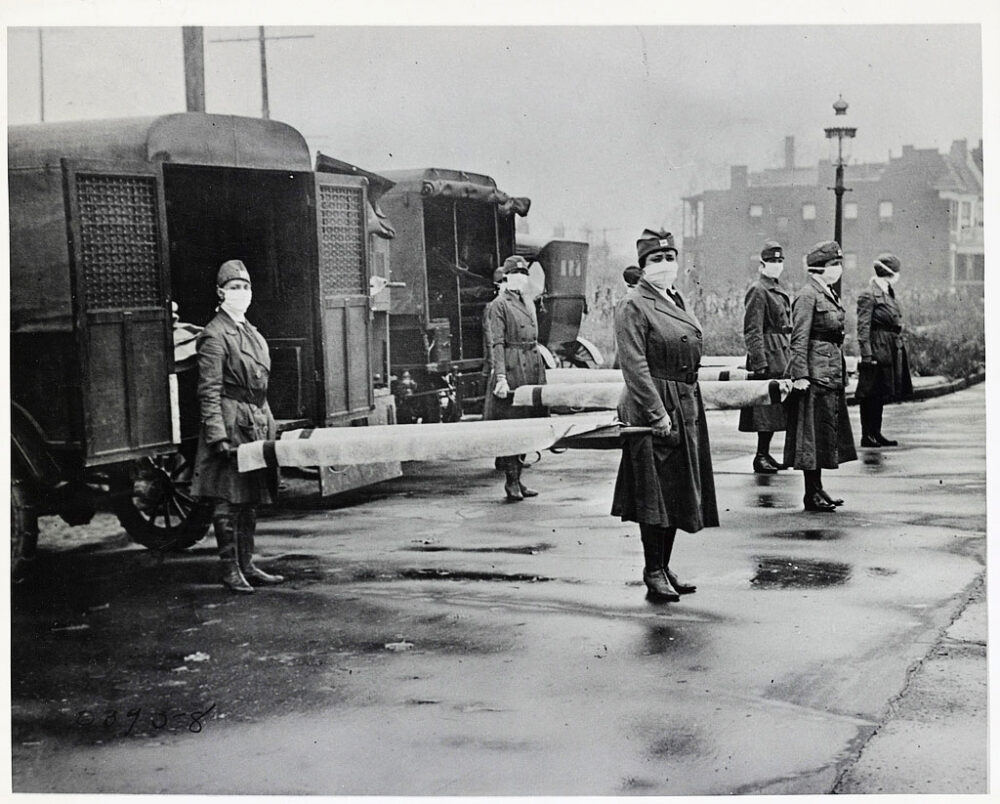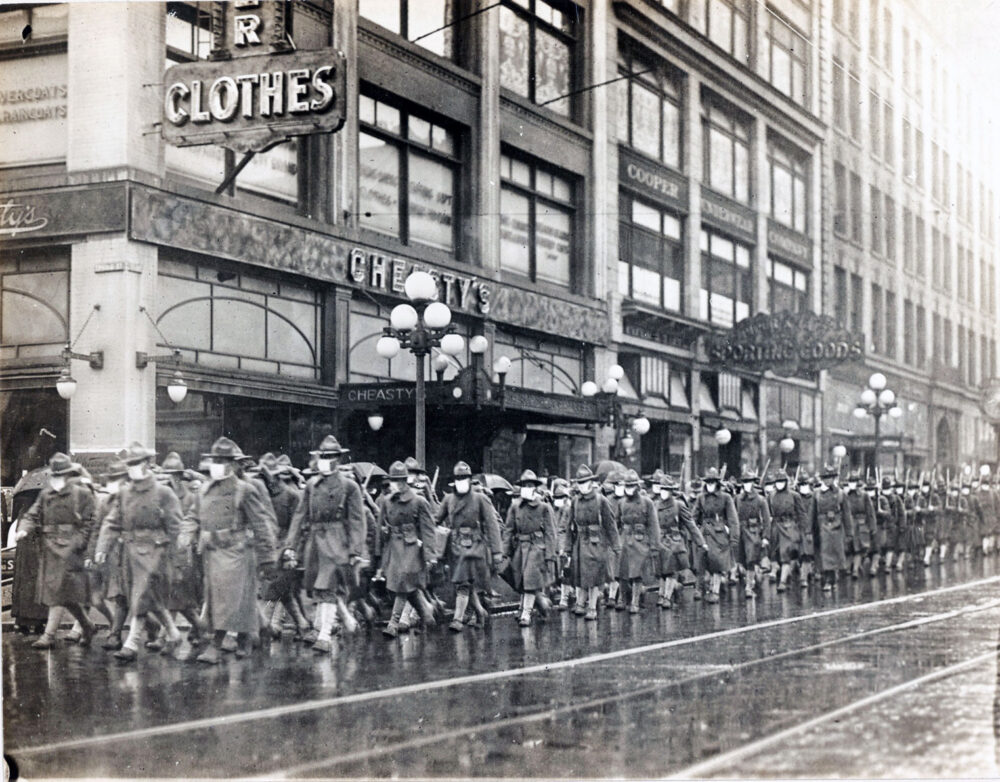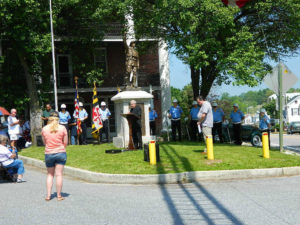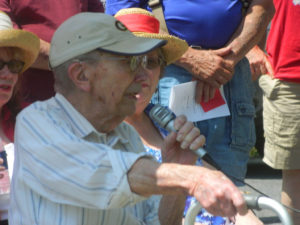The Year is…1918
The Pandemic to End All Pandemics — Part 1
by James Rada, Jr.
Although the country essentially quarantined itself state by state this spring, it’s not the first time such a thing has happened. However, when it happened in 1918, 675,000 Americans died in roughly two months. Worldwide, the death toll may have reached 100 million people, or 1 person out of every 20.
The Spanish Flu is the worst disease the world has ever known.
The First Wave
Much like COVID-19, when the Spanish Flu was noticed and when it began are two different times. It first appeared in Spain in February 1918, hence, the name. However, because Spain was a neutral country during World War I, the press was free to report on the flu, although other places were said to be having troubles with the disease. One historian believes he traced the flu back to a Chinese avian flu in 1917.
With this first wave of the Spanish Flu, people got fever, chills, and aches for three days, and then they would be fine. It was 1918’s seasonal flu, and there was nothing to be concerned about except that more people than usual caught the disease. The odd thing about the flu of 1918 is that rather than attacking the very old and very young with weaker immune systems, it also attacked healthy adults in their 30s and 40s.
By May, 8 million Spaniards had or had recovered from the flu. Not only did the flu attack people of all ages, it attacked people at all social levels. King Alfonso XIII of Spain and King George V of England caught it.
The flu spread worldwide, including the United States, when it appeared at Camp Funston in Kansas in March. Because flu was not a reportable disease, it’s uncertain how many cases there were, but 233 soldiers developed pneumonia, and 48 doughboys died. Given the number of soldiers in camp, this was not considered a remarkable mortality rate.
With a virulent flu sidelining so many soldiers across the world, it affected the progress of World War I.
In one instance, the 15th U.S. Cavalry contracted the disease while at sea. They called it the “three-day fever.” Doctors noted that while the disease lasted three days, it often took a week or two for the victim to recover fully.
King George’s Grand Fleet could not put to sea for three weeks in May because 10,313 men were sick. The British Army’s 29th Division had planned to attack La Becque on June 30, but had to put off the operation because too many soldiers were sick with the flu to mount an effective offensive. German General Erich von Ludendorff blamed the flu for his failure to mount offensives.
Then the flu vanished as temperatures warmed.
The Second Wave
Spanish Flu appeared again in late August. This time, it was even more contagious and much more deadly.
One physician wrote that patients rapidly “develop the most vicious type of pneumonia that has ever been seen,” and later when cyanosis appeared in patients “it is simply a struggle for air until they suffocate.” Another doctor said the influenza patients “died struggling to clear their airways of a blood-tinged froth that sometimes gushed from their mouth and nose.”
The second wave first appeared in America at Boston. On August 28, 1918, eight sailors reported sick with the flu. The next day, the number was 58, and by day four, it was 81. After another week, the number was 119, and civilians were getting sick. On September 8, three people died.
By this time, it had spread beyond Boston. Flu reports were coming in along the East Coast.
On September 26, 50,000 residents of Massachusetts had the flu; in Boston alone, 133 died that day from flu and 33 from pneumonia.
In Frederick County
Spanish Flu first appeared in Frederick County around the end of September 1918. On September 20, local newspapers warned that an outbreak was coming. At that time, only one known case of the flu was in Maryland. By September 25, hundreds of cases had been reported, mostly soldiers at Camp Meade, although there was no reference to any in Frederick County.
Given the headlines, Spanish Flu struck suddenly, although not unexpected, in Frederick County. “Spanish Flu Sweeps Co.; Fifty Cases,” read a Frederick News headline on September 26. The article notes one thing thwarted researchers trying to get an accurate count, and that is that all flu cases weren’t being reported to the health officer, either because the doctors were too busy working or because influenza wasn’t a disease that they were required to report. By the way, that changed after the Spanish Flu outbreak, at least in Maryland.
The following day, 10 more cases were reported. The first death from flu in the county, George Cronise of Buckeystown, occurred on September 29. He was a young man of 23, but his resistance had been compromised because he had been sick for two weeks with a slight case of typhoid fever.
The Spanish Flu had arrived in Frederick County and was starting to kill.

The St. Louis Red Cross Motor Corps on duty during the Spanish Flu pandemic.

The 39th Regiment on its way to France, marching through Seattle, Washington. The Seattle Chapter of the Red Cross made masks for them.



